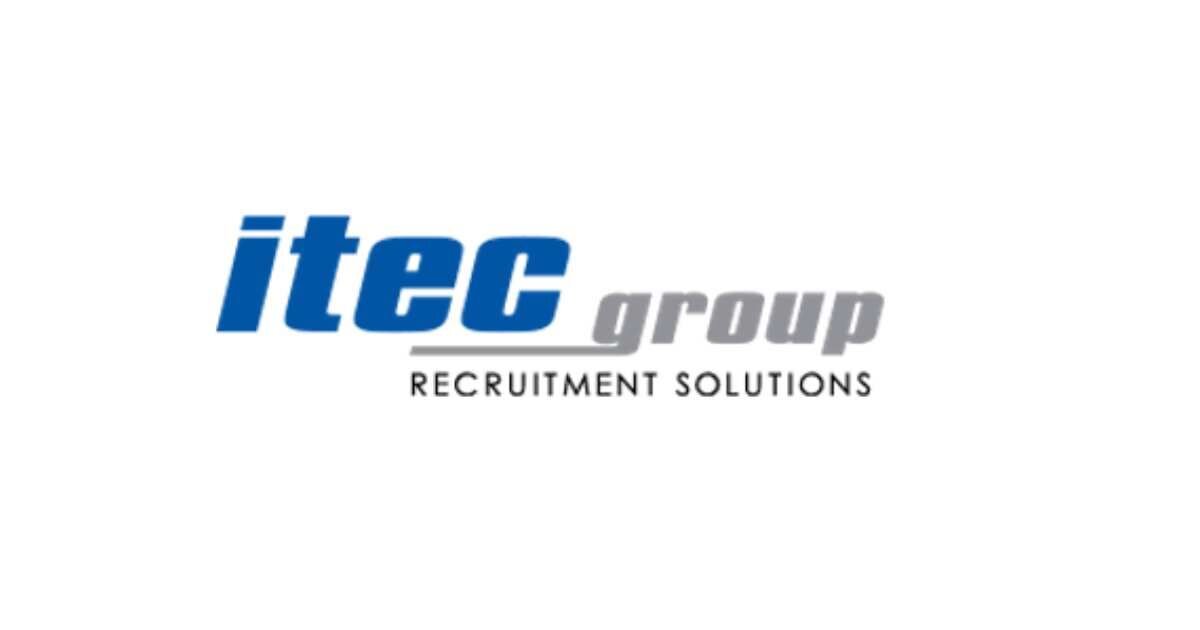
You’ve likely heard of quiet quitting – the act of actively searching for a new job and allowing work performance to fall by the wayside. It’s an act of defiance when employees feel their current job is unsatisfactory, and it can be an employer’s worst nightmare.
However, quiet hiring is quite different. While many businesses put out ads to bring in new employees, quiet hiring is a process of training an existing employee to take over additional responsibilities. Or, in other cases, hiring a temporary worker to fill a role as needed or seasonally.
The primary appeal of quiet hiring is that you go directly to the source rather than advertising a role. This usually comes with additional perks for the employee and employer.
Exploring Quiet Hiring - The Benefits, The Drawbacks
The entire process of quiet hiring involves recruiting talent under the radar. Rather than taking the typical approach, such as advertising on LinkedIn or Indeed, talent acquisition within the company will approach their hiring prospects privately.
Usually, this means internal talent will be scouted and provided with the opportunity to take on new responsibilities and learn new skills. This also usually comes with additional perks, such as an increased pay raise or other company benefits. It also bolsters your resume.
In other scenarios, companies may choose to hire temporary workers to fill a position rather than hire a full-time employee. The reason for this is that additional help may only be required for peak seasons, so hiring a full-time employee is not only unnecessary but a waste of money.
This also offers opportunities for those looking to fill internships or seasonal jobs while they attend school, but these temporary jobs aren't limited to these scenarios.
With quiet hiring, the recruitment process is discreet. This can be beneficial if companies want to scout competitor’s former employees, onboard new staff without tipping off competitors, and start a new business strategy without making it public.
This sort of practice is very common in the tech space and among start-up companies looking to gain their footing.
After you catch the attention of a new hire, the next step is to sign a confidentiality agreement and complete the recruitment process – all without prying eyes knowing anything about it.
The Benefits
The benefit of quiet hiring is that you have the opportunity to advance existing employees or temporary ones instead of paying a premium to bring on and train a new hire.

This provides internal employees with the opportunity to advance in their careers by taking on new responsibilities and training to fill a new role. This comes with additional perks such as:
Additional hours, assuming the employee wasn’t working full-time prior.
Increased pay and benefits.
Additional training, which creates a more desirable resume.
Ability to grow professionally within a team.
For the employer, this also develops a company culture that focuses on advancing internal employees and creating a well-bolstered team of professionals who are loyal to the business. The difficulty with hiring permanent, outside employees is that there is no guarantee they’re going to be a good fit.
The benefit of hiring internally: You promote people who are loyal to the business and offer them the opportunity to advance themselves.
The benefit of hiring temporary: As harsh as it sounds, temporary employees are just that – temporary. In the worst-case scenario, they are much more easily replaced than someone promised a salary. Of course, the goal is to replace employees only when necessary.
The Drawbacks
Like any method of hiring, there will always be potential drawbacks. There is no sure-fire way to get the most ideal outcome, so it’s important to approach things the right way.
The drawback of hiring internally: Not all employees are willing to negotiate more responsibilities. This is why it's essential that, before looking to advance an employee, you have a meeting through HR to ensure they're feeling happy and supported and that they have the capacity to increase their responsibilities.
If an employee is already struggling to meet quotas and deadlines, bringing them more tasks and training could push them over the edge.
It’s also good to ensure that the additional responsibilities come with reasonable rewards. This could come in the form of additional hours, benefits, a pay raise, or even the potential for further career growth in the future.
The drawbacks of hiring temporary employees: Temporary employees don’t always have the same loyalty or drive to produce for the company. This can be because they are accustomed to gig-hopping or because their time with the business is finite.
If an employee is only going to be working for a couple of months, they could be more relaxed with deadlines and less loyal to the business. While truly professional temporary workers are not like this, it is still a possibility.
This is why a lot of quiet hiring happens internally.
When It’s Appropriate and Not Appropriate to Quiet Hire
There are several factors to consider when quiet hiring. A business should only consider quiet hiring in situations where:
Current employees and internal talent are ready and able to take on new roles
Ample training is available to advance employees
The business model focuses on professional development and upskilling opportunities to increase retention
The industry is experiencing staffing shortages
The company is comfortable and/or experienced with hiring temporary or freelance workers
However, quiet hiring may not be the appropriate course of action when:
The employees do not have the capacity to take on new responsibilities or are at risk of burnout
There are skill gaps in the business where new hires are ideal for solving these issues
The headcount of the business is too low to fill new roles
The work environment isn't adapted to promote remote work or short-term staffing solutions
The Importance of HR During the Quiet Hiring Process
Human Resources (HR) is going to be essential when taking the plunge into quiet hiring.
HR is there for the business and the employee, ensuring both parties are satisfied with the employment agreement.
As mentioned previously, HR can step in and do meetings to ensure that any internal employees considered for a position can take on more responsibility. While this may seem like a repetitive point, it’s one of the more essential considerations to bear in mind.
If employees are already struggling with their current workload, that means it’s likely better to outsource than it is to go internal. This is where HR can help a business make that determination.
Not only this, but HR can also negotiate terms and conditions with employees to ensure that they are prepared and happy with the agreement. This can include conversations about what the employee needs to make the transition (training, support, etc.) and who will take over their previous position/responsibilities.
It’s important to ensure that, when moving one employee to a new position, there are others able to take over pre-existing responsibilities. This ensures that business operations continue to run smoothly, and employees aren’t left feeling overwhelmed and unsupported.
Once training and upskilling are organized and expectations are set, it’s time for HR to schedule when these tasks will be completed. It’s good for employees to understand how long the training will take and what’s expected to ensure they’re fully prepared for their new role.
In the case of temporary workers, it’s likely this training period will be shorter, considering you’re more likely to hire someone with a pre-existing skillset.
Quiet hiring is a strategic approach where companies fill skills gaps internally and redeploy employees into new roles or responsibilities without formally announcing job openings. It’s a strategic approach that enables businesses to advance the careers of internal employees or save costs by employing temporary workers.
It’s an approach that benefits both employees and employers when executed correctly and can provide innovative solutions when new roles become available.
Rely on itec group - a local leader in Recruitment Solutions
Itec group is a leader in the recruitment sector, particularly within the rapidly evolving world of advanced manufacturing. In today’s competitive landscape, businesses must stay agile and future-focused, requiring a specialized workforce that is adaptable and forward-thinking.
Whether you're hiring internally, on a temporary basis, or outsourcing talent, our industry expertise and market insights guarantee you’ll have the right people to drive success.
With the right talent, your business stays ahead of trends and gains a sustainable competitive edge. Partner with us to build a high-performing workforce that positions your company for future growth.
Contact our recruitment team today and let itec group provide you with the best workforce solutions in the industry.

